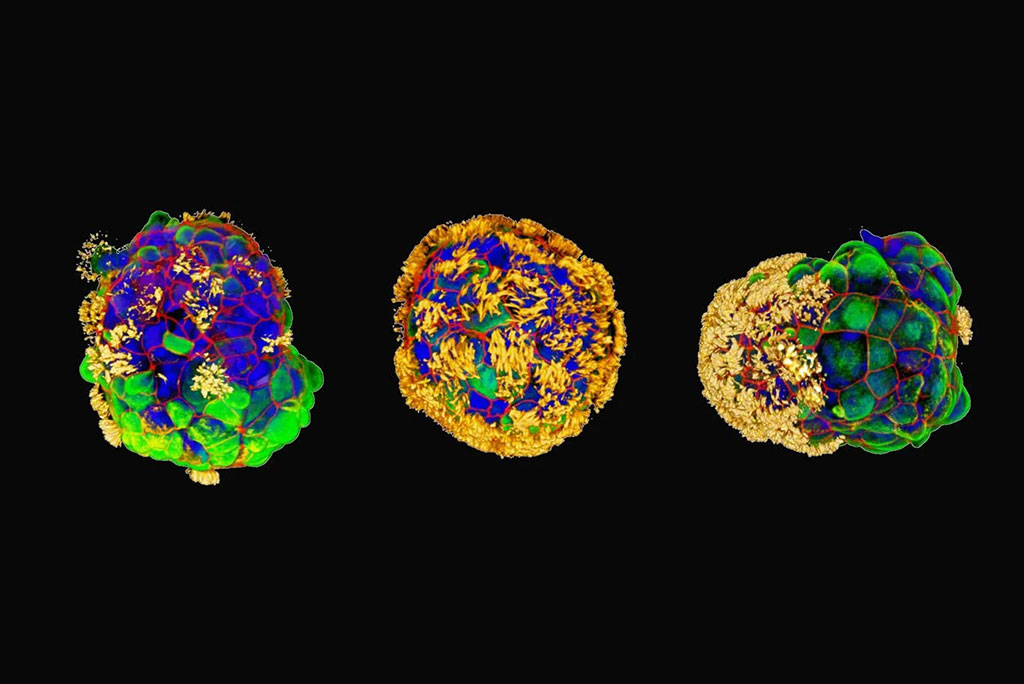Tiny Biological Robot Healers Built From Human Cells Could Recognize Bacteria
Posted on 04 Dec 2023
In a pioneering study, researchers have developed microscopic biological robots, termed Anthrobots, from human tracheal cells. These tiny robots, varying in size from the width of a human hair to the tip of a sharpened pencil, are engineered to self-organize and have shown exceptional potential in aiding the growth of neurons across damaged areas in lab environments. This discovery marks an initial step towards their aim of employing patient-specific biobots as innovative tools for regeneration, healing, and disease treatment.
Building on their previous work with Xenobots – multicellular biological robots crafted from frog embryo cells – researchers at Tufts University (Medford, MA, USA) sought to explore whether similar biobots could be constructed from cells of other species. Their earlier Xenobots demonstrated abilities such as navigating spaces, gathering materials, self-healing, and limited self-replication. The new research revealed that biobots can indeed be fashioned from adult human cells without genetic alteration, exhibiting capabilities that surpass those observed with Xenobots. Utilizing human cells offers the advantage of creating biobots from a patient's own cells, reducing the risk of immune reactions or the need for immunosuppressive drugs. These Anthrobots have a limited lifespan, disintegrating after several weeks, allowing for easy reabsorption by the body post-treatment.

To assess the therapeutic potential of Anthrobots, the researchers conducted a laboratory experiment simulating wound healing. Contrary to expectations that genetic modifications might be necessary for the biobots to aid neural growth, the unmodified Anthrobots remarkably stimulated significant regrowth, forming a bridge of neurons as dense as the surrounding healthy cells. The study found that the Anthrobots could not only form new multicellular structures but also traverse a surface covered with human neurons grown in a lab dish to fill in gaps caused by scratching the layer of neuronal cells.
The researchers envision multiple applications for these biobots, including clearing arterial plaque in atherosclerosis, repairing nerve damage in the spinal cord or retina, identifying harmful bacteria or cancer cells, or even delivering medication directly to specific tissues. The potential for Anthrobots to facilitate tissue healing while concurrently administering regenerative drugs opens up exciting prospects in medical science. The team is focused on further developing these biobots to unlock new therapeutic avenues.
“The cellular assemblies we construct in the lab can have capabilities that go beyond what they do in the body,” said Michael Levin, director of the Allen Discovery Center at Tufts. “It is fascinating and completely unexpected that normal patient tracheal cells, without modifying their DNA, can move on their own and encourage neuron growth across a region of damage,” said Levin. “We’re now looking at how the healing mechanism works, and asking what else these constructs can do.”
Related Links:
Tufts University














